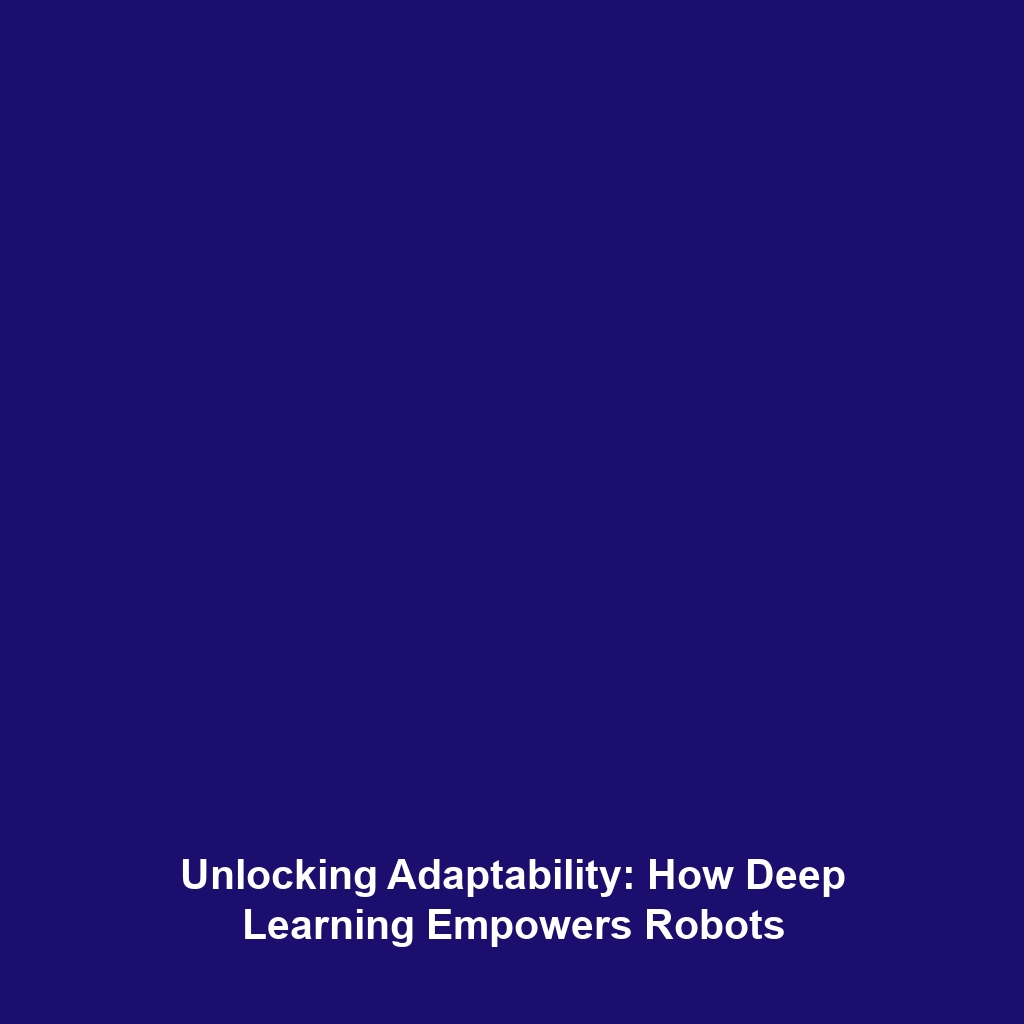BCI in Transportation: Advancements and Applications
Introduction
Brain-Computer Interfaces (BCI) represent a groundbreaking fusion of neuroscience and technology, allowing for direct communication between the brain and external devices. In the realm of transportation, BCI systems aim to enhance safety, efficiency, and accessibility. The significance of BCI in Transportation cannot be overstated, as it paves the way for innovative solutions to long-standing challenges such as human error and impaired mobility. This article delves into the core concepts, applications, challenges, and future prospects of BCI within the transportation sector.
Key Concepts
Understanding BCI
Brain-Computer Interfaces operate on the principle of interpreting brain signals—primarily through electroencephalography (EEG)—to facilitate communication with computers and devices. In Transportation, this technology aims to create seamless interactions between human users and vehicles, thus improving user experience and safety.
Categories of BCI Systems
BCI systems can be categorized into three main types:
- Invasive BCIs: Require surgical implantation for direct brain signal access.
- Partially Invasive BCIs: Involve implanted sensors that do not penetrate the brain.
- Non-Invasive BCIs: Utilize external sensors to read brain activity without surgery.
Applications and Real-World Uses
The application of BCI in Transportation spans various transformative technologies that enhance the driving experience and improve safety protocols. Notable examples include:
- Driver Assistance: BCIs can analyze a driver’s cognitive state, alerting them to fatigue or distraction.
- Autonomous Vehicles: Integration of BCI allows for the adaptation of vehicle behavior based on user intention.
- Accessibility Solutions: BCIs can facilitate transport for individuals with mobility impairments, enabling control of wheelchairs or vehicle navigation through thought alone.
Current Challenges
Despite the promising advancements of BCI in Transportation, several challenges hinder its widespread application:
- Data Privacy: Ensuring the confidentiality of sensitive brain data remains a significant concern.
- Technological Limitations: Current BCI devices may struggle with signal noise, affecting reliability.
- User Acceptance: The unfamiliarity with BCI technology raises concerns among potential users regarding safety and trust.
Future Research and Innovations
The future of BCI in Transportation is bright, with ongoing research focused on developing more reliable and user-friendly systems. Innovations include:
- Advancements in AI: Combining AI with BCIs for better interpretation of brain signals to enhance vehicle autonomy.
- Wearable Technology: Enhancements in wearables that can seamlessly integrate with transportation systems.
- Improved Signal Processing: Research into better algorithms for cleaner and faster brain signal interpretation.
Conclusion
The integration of BCI in Transportation holds substantial promise for reshaping the way we interact with vehicles and transport systems. As technology progresses, it is crucial to address existing challenges and bolster public trust to facilitate broader adoption. To learn more about related topics, visit our sections on Autonomous Vehicles and Neuroscience Innovations.








